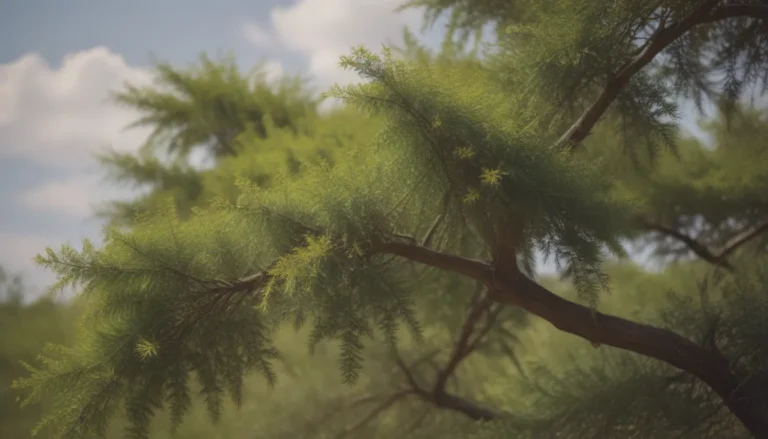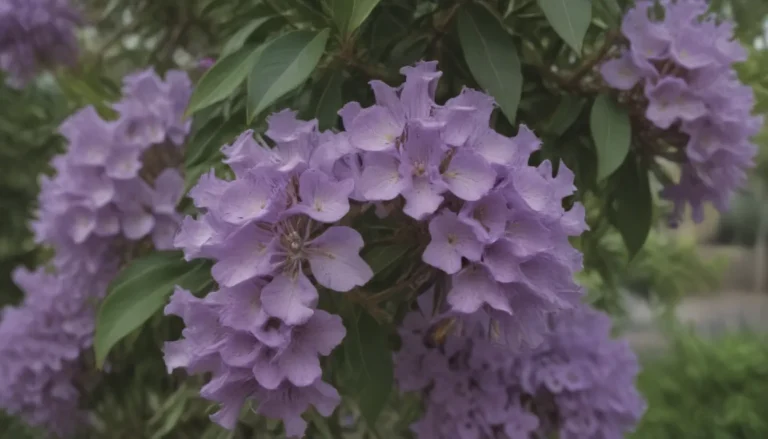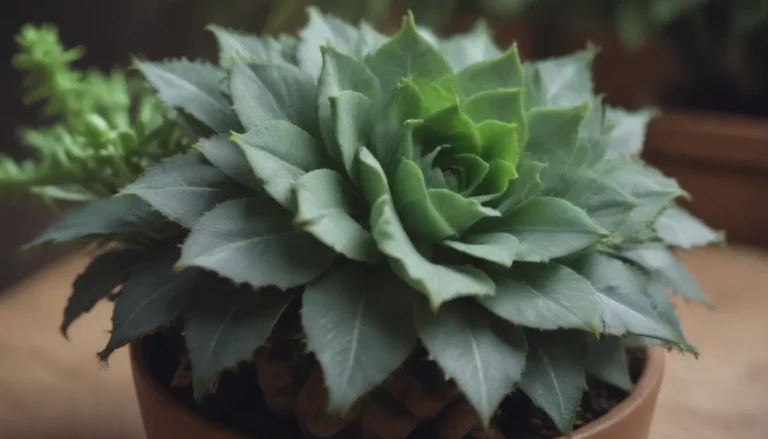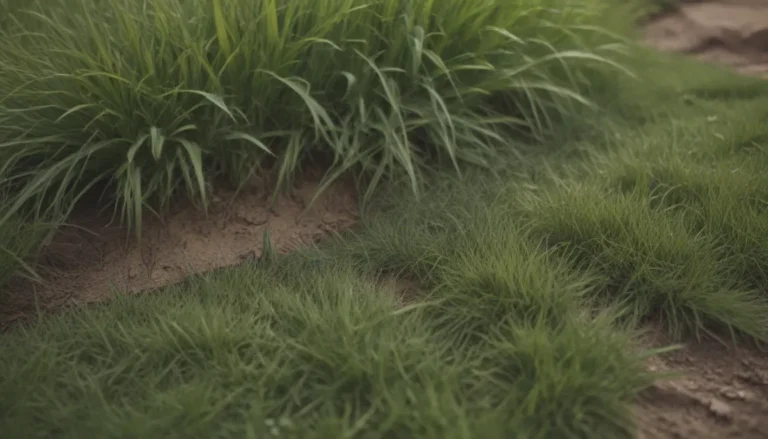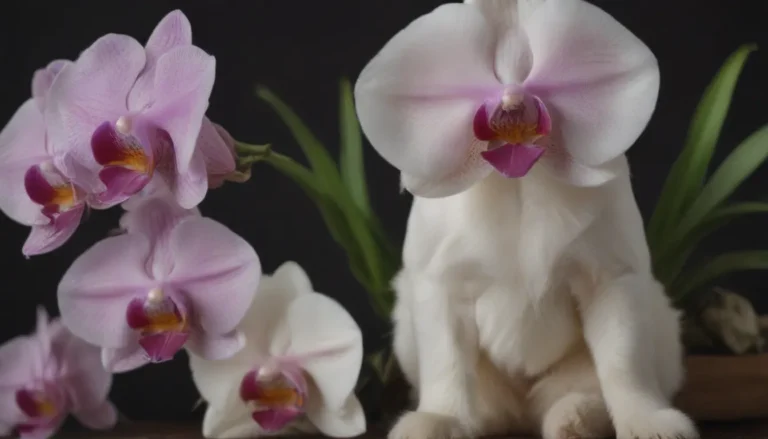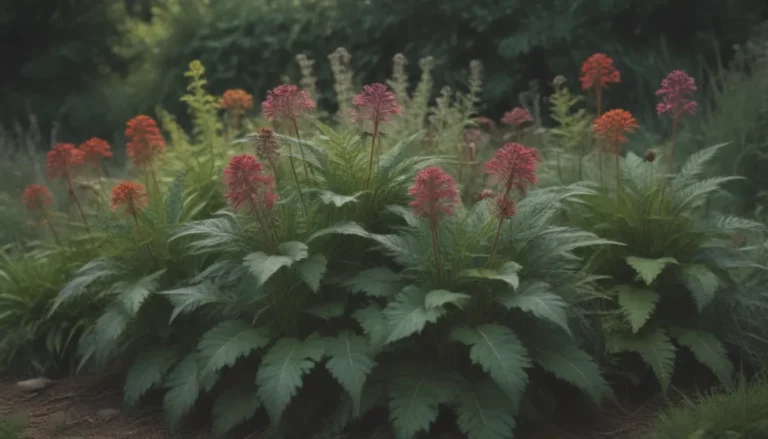The Ultimate Guide to Growing & Caring for Chinese Evergreen Plants Indoors

Chinese evergreen, scientifically known as Aglaonema, is a stunning tropical perennial plant that comes in a variety of cultivars, making it a popular choice for indoor houseplants. With its large, glossy, multi-colored leaves, Chinese evergreen adds a touch of elegance to any room. If you’re looking to bring luck, prosperity, and success into your home according to the Chinese practice of feng shui, then Chinese evergreen is the perfect plant for you.
In this comprehensive guide, we will cover everything you need to know to successfully grow and care for Chinese evergreen plants indoors. From light and soil requirements to watering and humidity needs, we’ve got you covered. So sit back, relax, and let’s dive into the wonderful world of Chinese evergreen plants!
Chinese Evergreen Care: The Basics
Chinese evergreen is known for being an easy-to-care-for houseplant, making it a great choice for beginners and experienced plant enthusiasts alike. Here’s what you need to know to keep your Chinese evergreen healthy and thriving:
Light
- Darker green varieties of Chinese evergreens can tolerate low light conditions, while variegated varieties prefer bright, indirect light.
- Avoid placing your plant in direct sunlight, as the delicate leaves can easily burn.
Soil
- Use a well-drained, slightly acidic potting soil mix for your Chinese evergreen.
- Mix in sand or perlite to improve drainage if your soil retains too much water.
Water
- Chinese evergreen prefers to be on the dry side and does not tolerate soggy soil.
- Water your plant every five to 10 days during the growing season or when the top inch of soil becomes dry.
- Reduce watering frequency during the winter months.
Temperature and Humidity
- Chinese evergreen thrives in temperatures between 65°F and 80°F and does not tolerate temperatures below 55°F.
- Maintain a consistently high humidity level by placing your plant in a kitchen or bathroom or using a pebble tray or small space humidifier.
Fertilizer
- Feed your Chinese evergreen with slow-release pellets or liquid houseplant fertilizer twice a year.
- If your soil is nutrient-poor, increase feeding frequency to every six weeks during the growing season.
Different Types of Chinese Evergreen Plants
There are several popular cultivars of Chinese evergreen, each with its own unique characteristics. Here are some of the most common types:
- ‘Frasher’
- ‘Pseudobracteatum’
- ‘White Rajah’
- ‘Red Zircon’
- ‘Silver Bay’
- ‘Maria’
Pruning and Propagating Chinese Evergreen
To keep your Chinese evergreen looking its best, regular pruning is essential. Here’s how to prune and propagate your plant:
Pruning
- Remove spent leaves to keep your plant looking lush and healthy.
- Cut back leggy stems above the 4th or 5th leaf node to encourage new growth and create a fuller appearance.
- Prune your Chinese evergreen in spring or early summer for best results.
Propagating
- Propagate your Chinese evergreen using stem cuttings or by dividing the plants during repotting.
- Wait until summer when the weather is warmest to propagate your plant.
Potting and Repotting Chinese Evergreen
Proper potting and repotting are essential for the health and growth of your Chinese evergreen plant. Follow these tips for potting and repotting:
- Use a standard peat-based potting mix combined with sand or perlite to improve drainage.
- Repot your Chinese evergreen every two or three years in the spring.
- Allow your plant to become slightly root-bound before repotting.
Common Pests and Plant Diseases
While Chinese evergreen plants are relatively resilient, they can occasionally fall prey to pests and diseases. Here are some common issues to watch out for:
- Scale, mealybugs, and spider mites can occasionally infest your plant and can be treated with neem oil.
- Avoid overwatering, as this can lead to fungal infections and root rot.
Troubleshooting Common Problems
If you encounter any issues with your Chinese evergreen plant, here are some common problems and how to address them:
Curling Leaves
- Leaf curl can be caused by temperature fluctuations, inadequate humidity, or underwatering.
- Increase humidity around your plant with a pebble tray or humidifier and keep it in a warm, draft-free location.
Burnt Leaves
- Leaf edges turning brown and dry is a sign of exposure to bright direct sunlight.
- Move your plant to a location with indirect or filtered light to prevent further leaf damage.
Yellow Leaves
- Yellow leaves can indicate overly moist soil or too much sunlight.
- Allow the top inch of soil to dry out before watering and provide bright but indirect light for your plant.
In conclusion, Chinese evergreen plants are a fabulous choice for indoor plant enthusiasts looking for a low-maintenance, visually appealing plant. By following these care tips and guidelines, you can enjoy lush, healthy Chinese evergreen plants in your home year-round. Remember to adjust your care routine based on the specific needs of your plant’s variety, and don’t be afraid to experiment to find what works best for your Chinese evergreen. Happy growing!
